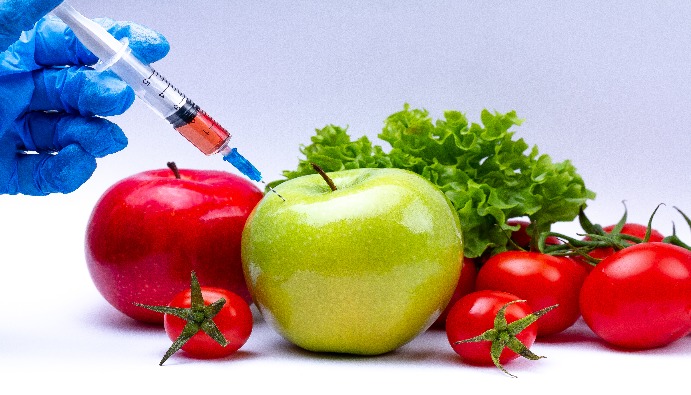
BLOG
KATEGORİDEKİ DİĞER YAZILAR

Genetically Modified Organisms (GMO) are organisms developed using genetic engineering methods in plants, animals or microorganisms. These organisms are obtained by altering their genetic material to impart certain beneficial properties. While GMOs offer various advantages in agricultural production and the food industry, there are concerns about their safety and environmental impact. GMO detection in food is a critical process to manage these risks and ensure consumer safety.
Detection of genetically modified organisms helps grain growers, suppliers, processors and consumers identify and track the genetic identity of crops at every stage of food production.
Many agricultural crops today, including corn, cotton, rice, soybeans, canola and alfalfa, contain multiple GMO varieties that increase yield potential or crop value by providing herbicide tolerance, insect resistance, environmental stress tolerance or output traits.
GMO testing is particularly relevant for producers of non-GMO crops, as they may unintentionally contain genetically modified plants due to cross-pollination. Thanks to these tests, any contamination in the field is detected and the integrity of the non-GMO crop is preserved.
There are some important points in GMO analysis in foods. First of all, the sample must be taken from the right part of the plant. A leaf, seed or grain sample from a growing plant is sufficient for GMO detection.
Bulk grain can be tested using both protein-based and DNA-based methods, but processed grains can only be tested using DNA-based methods due to protein denaturation during food processing.
The Use of GMOs:
Common GMOs:
Nanolab Laboratories Group continues to provide services within the scope of GMO Detection in Foods. We also provide services on GMO Detection in Cotton.
Contact us for more information.
You can follow us on LinkedIn for up-to-date news and posts about our services.
Follow our Instagram account to be informed about our latest blog posts.